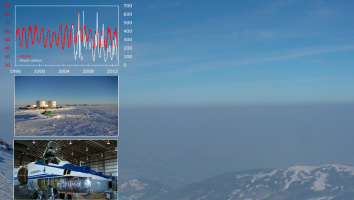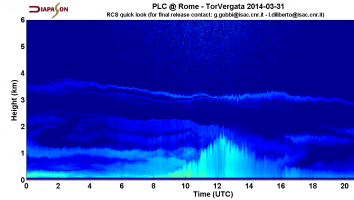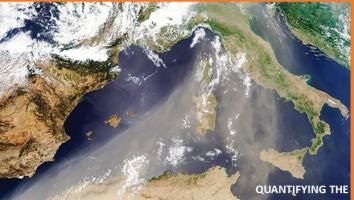Detecting atmospheric composition temporal and spatial changes and understanding the atmospheric lifecycle of compounds acting as climate forcers and/or being toxic to humans or ecosystems is of paramount importance in the current international research.
Knowledge on these aspects also enables policy-makers to evaluate possible co-benefits and trade-offs between air quality remediation actions and measures to limit emission of greenhouse gases and of short-lived climate forcers. The research in ISAC on this vast topic is based on the integration of observational and modelling techniques. Satellite remote sensing and ground-based observations are used to investigate the distribution and temporal variability of major trace gases and aerosols. Long-term continuous observations of reactive and greenhouse gases, atmospheric aerosol chemical and physical properties, and short-lived climate forcers are performed by a network of ISAC atmospheric observatories. Finally, the Institute has a long experience in using advanced source apportionment approaches combining numerical transport models with receptor models to investigate the contribution of specific sources (natural and anthropic) to the composition of atmosphere and to investigate air quality in rural and densely populated areas.



